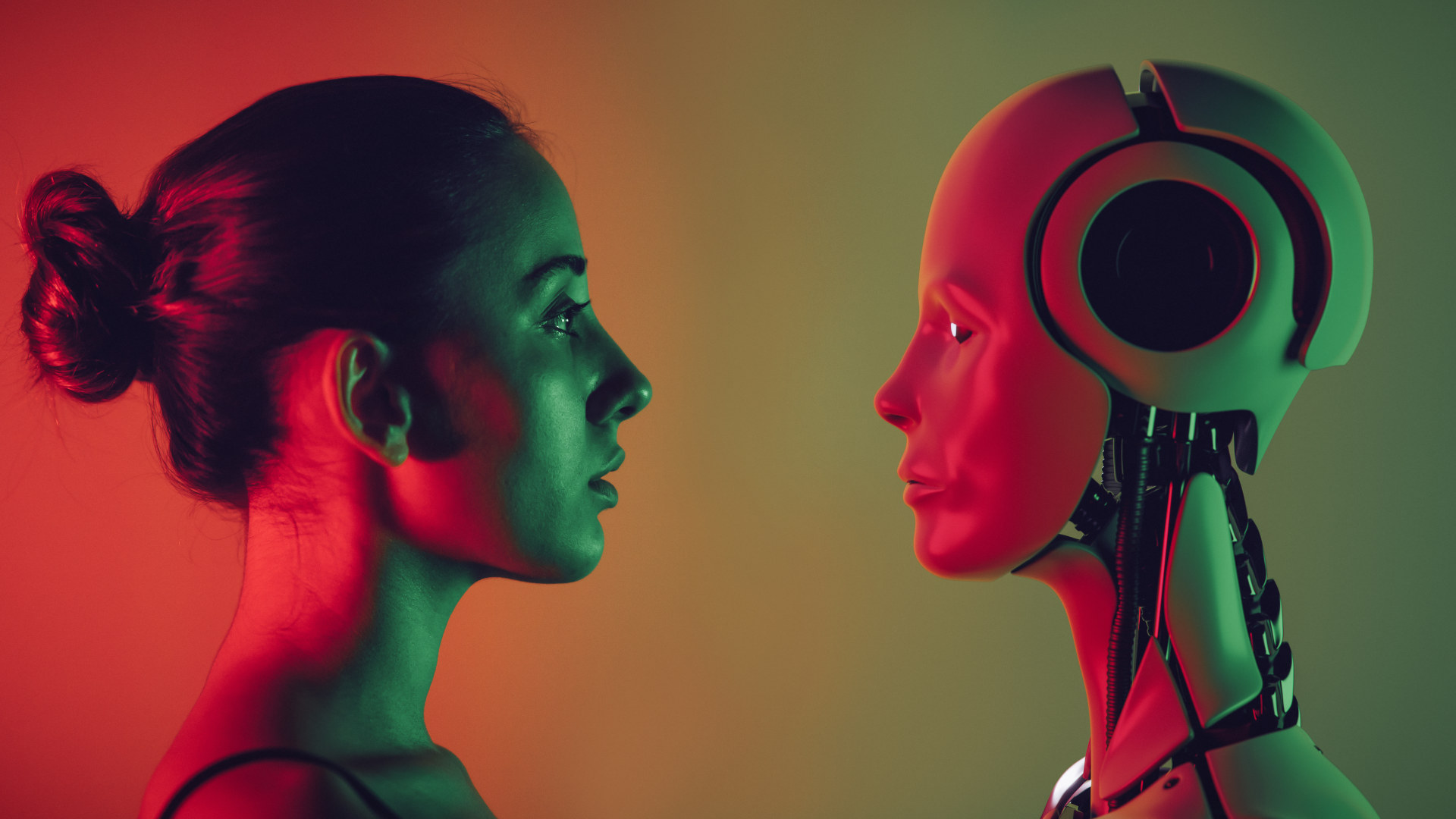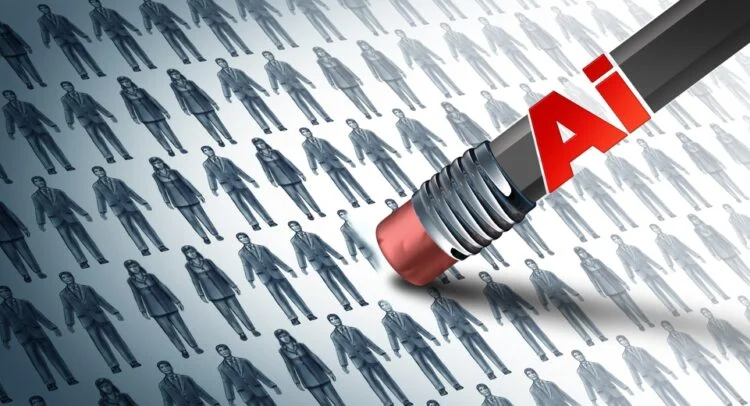Study Finds Most People Can No Longer Distinguish Between AI and Human Voices

A new study has delivered a striking finding about the quality of modern synthetic speech: most people cannot tell the difference between voices generated by Artificial Intelligence (AI) and genuine human voices.
The latest generation of AI voice generators uses sophisticated algorithms that capture not just the words, but the subtle emotional inflections, breathing patterns, and unique timbres that make a human voice authentic. These AI models have reached a level of realism that can easily fool listeners.
The study likely tested subjects by having them listen to various audio clips and correctly identify the source. The high rate of confusion proves that the technology has crossed a critical threshold.
The Major Concerns
While AI voices have commercial uses (like personalized digital assistants and automated customer service), this realism raises severe ethical and security concerns:
- Scams and Fraud: The technology makes it easier for criminals to create highly convincing “deepfakes” of voices to commit scams, such as tricking family members or business associates.
- Media Integrity: It erodes trust in audio evidence, making it harder to verify the authenticity of political statements or news recordings.
The study is a major warning, suggesting that governments and tech companies must urgently develop new methods to authenticate human voices in a world saturated with realistic AI audio.


